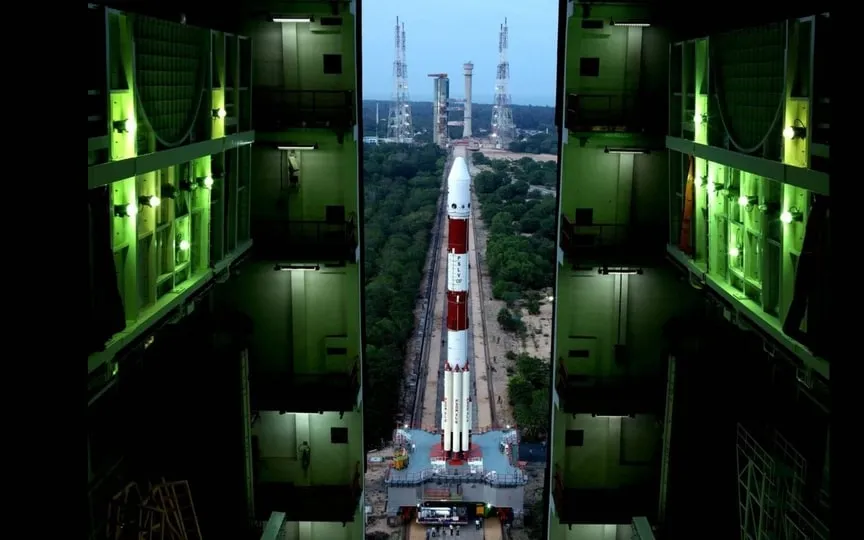Aditya-L1 to Investigate Solar Storms that Disrupted Elon Musk’s Satellites
India’s inaugural space mission, Aditya-L1, is set to launch in a matter of hours. Its primary objective is to investigate the Sun and space weather. Once it reaches the L1 Lagrange point, it will commence its observations using seven payloads to gather valuable data. In addition to studying the Sun, its corona, and dynamic patterns, the mission will focus on understanding space weather, particularly the impact of solar winds and coronal mass ejections (CME) in causing solar storms. This knowledge is crucial as it poses a significant threat to all satellites in space, as demonstrated in February 2022 when Elon Musk’s SpaceX lost 40 Starlink satellites due to solar storms.
According to an update from SpaceX, the solar storm hit just a day after the launch of the Starlink satellites. The update confirmed that the solar storm was caused by the company losing its satellite fleet due to increased air resistance in the upper atmosphere. It said: “Preliminary analysis indicates that increased drag at low altitudes prevented satellites from exiting safe mode to begin orbital lift maneuvers, and up to 40 satellites are re-entering or have already re-entered Earth’s atmosphere”.
Aditya-L1 to study solar storm hazards
Now, a year and a half later, ISRO is launching the Aditya-L1 mission to explore and unravel the mysteries of space weather that have baffled humans for over two centuries. Even today, many solar observatories, such as NASA’s Solar Dynamic Observatory and Solar and Heliospheric Observatory and ESA’s Solar Orbiter, continue to observe the Sun to improve our solar storm analysis and prediction models, but so far there has been no breakthrough.
It’s because we don’t know that much yet. We do not know how solar flares erupt in sunspot regions or what the early signs of such flares are. We also don’t know how to predict the amount of solar material, also known as a CME, that can be ejected during an eruption and how it will travel through space to hit Earth.
We need these answers as soon as possible, as the Sun approaches the peak of its solar cycle and the solar storms that destroyed Musk’s satellites may now be more common. However, if we can find a reliable way to predict such storms, we can move satellites out of their path, shut down power grids, and even freeze wireless communications until the storm passes.
Among the seven payloads on the Aditya-L1 spacecraft, the Aditya Solar wind Particle Experiment (ASPEX) and the Plasma Analyzer Package for Aditya (PAPA) are capable of studying the solar wind and energetic ions and their energy distribution. In addition, the Solar Low Energy X-ray Spectrometer (SoLEXS) and High Energy Spectrometer (HEL1OS) study X-rays from the Sun in a wide X-ray energy range.




